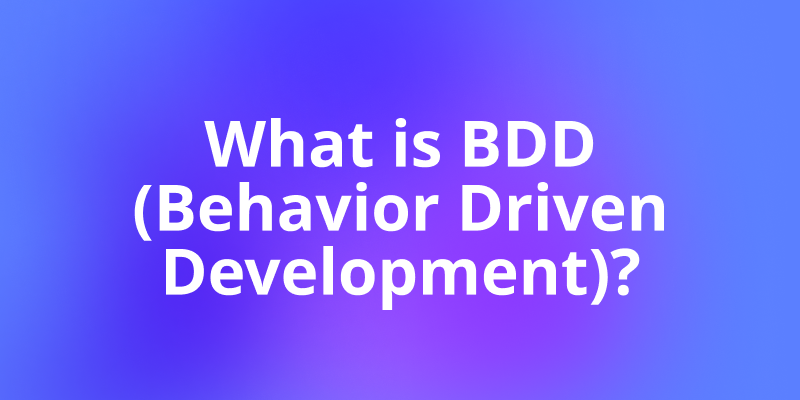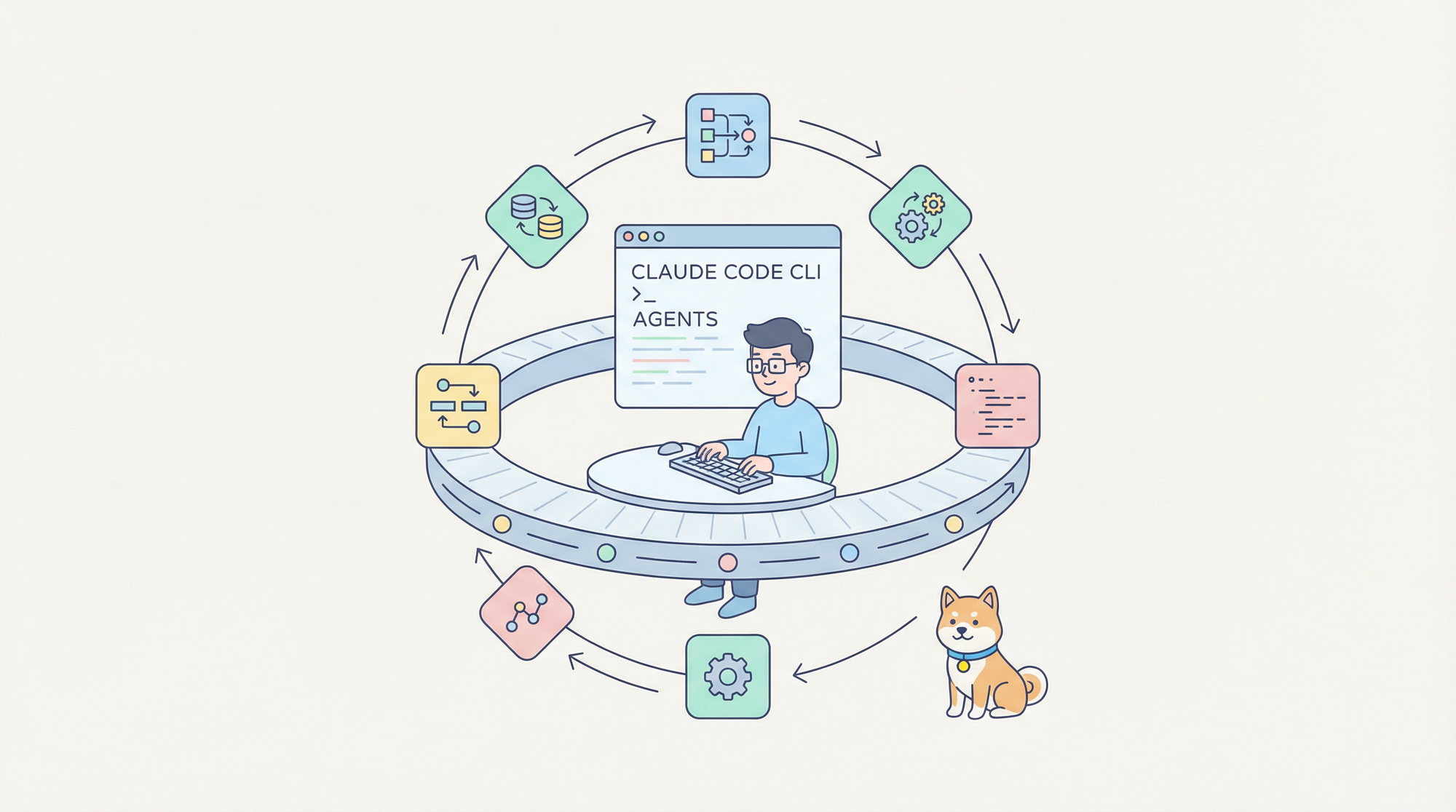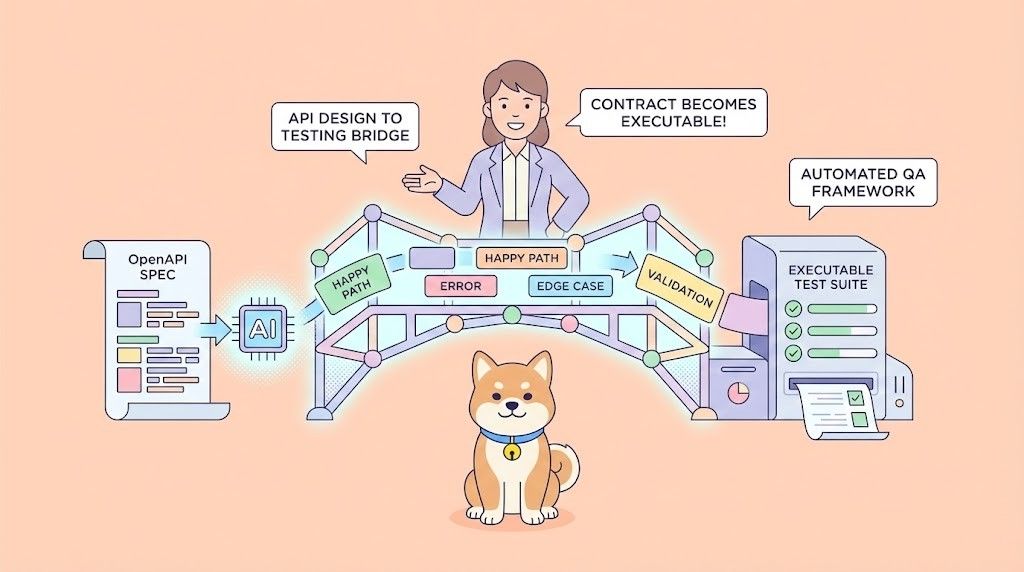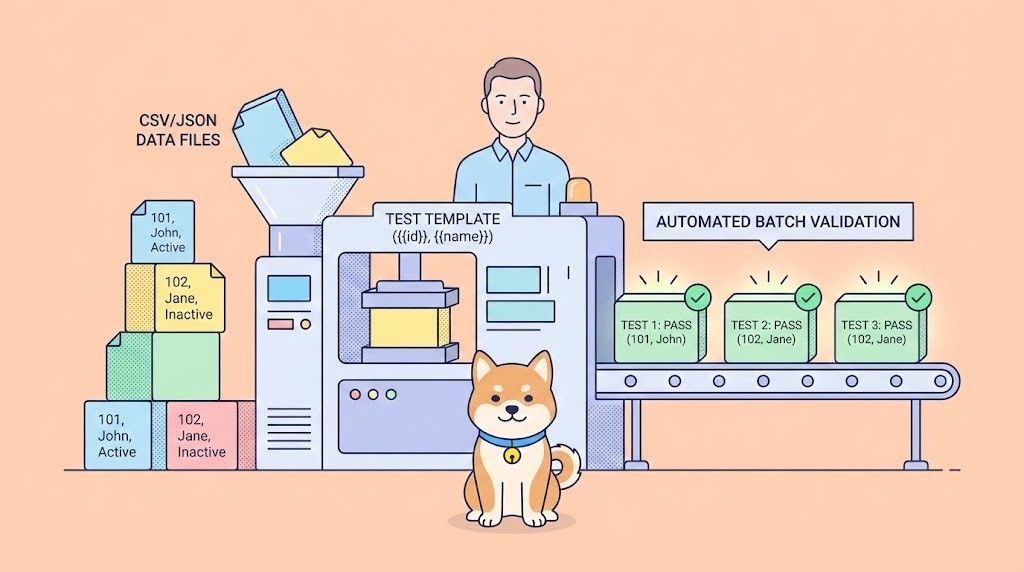In software projects, the cycle of coding, testing, and iterating can quickly become chaotic when communication breaks down between developers, testers, and business stakeholders. All too often, teams discover too late that their understanding of the requirements was not aligned. This is precisely the challenge that Behavior Driven Development (BDD) aims to address.
But what exactly is BDD, and why are so many teams switching to it? In this post, we'll break it down in a no-fluff way. You’ll learn not just what BDD is, but also how it works, why it matters, and how you can actually start using it in your software projects.
Want an integrated, All-in-One platform for your Developer Team to work together with maximum productivity?
Apidog delivers all your demands, and replaces Postman at a much more affordable price!
What is BDD (Behavior Driven Development)?
At its core, Behavior Driven Development is a collaborative software development approach that focuses on making sure developers, testers, and business stakeholders are all on the same page. Instead of diving straight into code, BDD encourages teams to describe how the system should behave in plain language.
BDD evolved from Test Driven Development (TDD) but extends it by involving natural language to describe behaviors. Basically, BDD answers the question: “What should this software do?” and makes sure everybody understands and agrees before coding begins.
In other words, BDD bridges the gap between technical teams and non-technical stakeholders by focusing on the expected behavior of the application rather than technical specifications alone.
Here’s the magic:
- Developers understand what to build.
- Testers understand what to test.
- Business folks understand what value is being delivered.
And everyone agrees on these things upfront.
Why Do We Even Need BDD?
You might be wondering, why go through all this effort to describe behaviors in plain language? Good question.
Traditional software development methods often fail at communication. Business teams hand over requirements, developers interpret them, and testers verify them… but somewhere along the way, things get lost in translation.
BDD steps in as a translator. It says:
- "Let's stop writing vague requirement documents."
- "Let's stop assuming developers can read minds."
- "Let's describe the system behavior in a way everyone understands."
So instead of writing, "The system should handle authentication", you might write:
Scenario: Successful login
- Given a registered user with a valid password
- When they attempt to log in
- Then they should be redirected to the dashboard
See the difference? That’s clear, testable, and leaves little room for confusion.
Behavior Driven Development (BDD) offers several key advantages that make software projects smoother and more reliable:
- Improved communication: BDD uses simple, shared language so both business and technical teams can understand requirements clearly, reducing misunderstandings.
- Stronger collaboration: Developers, testers, and stakeholders all work together to define acceptance criteria and business rules from the start.
- Living documentation: The scenarios created in BDD double as up-to-date documentation that evolves with the project.
- Reduced bugs: By clarifying expected behavior early, teams prevent many issues before they reach implementation.
- Built-in test automation: BDD encourages executable specifications, meaning automated tests are developed alongside requirements.
- Faster feedback loops: With tests written before or during development, problems are identified and fixed earlier.
Together, these benefits lead to software that is more predictable, maintainable, and aligned with business needs.
Key Principles of BDD
To fully understand Behavior Driven Development (BDD), it helps to look at its core principles:
- Collaboration is essential: Developers, testers, and product owners all work together to define the expected behavior.
- Use plain language: Requirements are written in simple, human-readable language (often using Gherkin syntax) so everyone can understand them.
- Scenarios guide development: Instead of starting with code, teams first define scenarios and then write code to ensure those scenarios pass.
- Living documentation: The scenarios serve as up-to-date documentation, eliminating the problem of outdated requirement documents.
- Focus on behavior, not implementation: Start with the "what"and "why" before diving into the "how".
How Does Behavior-Driven Development Work?
Let’s break down the typical steps involved in applying BDD on a project.
Step 1: Identify Features and Scenarios
Teams gather to discuss a feature or user story, focusing on why it’s needed and how it should behave from the user’s perspective. They write down concrete scenarios describing the expected behavior in different situations.
Step 2: Write Scenarios Using the Given-When-Then Format
BDD scenarios use a simple structure:
- Given: The initial context or precondition
- When: The action or event
- Then: The expected outcome
Step 3: Automate Scenarios Using BDD Tools
Next, developers turn these scenarios into automated tests using BDD frameworks like Cucumber, SpecFlow, or Behave to automate those scenarios. Each scenario corresponds to an executable test that verifies the behavior.
Step 4: Implement Code to Pass Tests
Developers then write the minimum code needed to make the tests pass, ensuring behavior matches expectations.
Step 5: Refactor and Repeat
Because scenarios are automated, you get instant feedback if something breaks when new code is added. This loop continues until your software reflects the agreed-upon behavior. As new features arrive, teams continue to write new scenarios, automate tests, and build software iteratively.
What Are Some Popular BDD Frameworks?
Here are some of the most widely-used BDD tools and frameworks across different programming languages:
- Cucumber (Ruby, Java, JavaScript): Probably the most popular BDD tool. Uses
.featurefiles with Gherkin language to define scenarios. - SpecFlow (.NET): A BDD framework for .NET languages resembling Cucumber.
- Behave (Python): BDD-style testing for Python.
- JBehave (Java): One of the original BDD frameworks.
- Robot Framework: An automation framework that supports BDD syntax.
These frameworks parse your Given-When-Then scenarios, link them to code implementations (step definitions), and run automated tests.
Example of BDD in Action
Imagine you’re building an online shopping cart. Instead of writing vague requirements, you’d describe behavior like this:
Feature: Shopping Cart
Scenario: Add item to cart
- Given a user is browsing products
- When they add a product to their cart
- Then the cart should display the added product
That scenario now becomes both documentation and a test case. If later someone accidentally breaks the “add to cart” feature, your automated BDD tests will catch it immediately.
BDD vs TDD vs ATDD: What’s the Difference?
This is where people often get confused they involve writing tests before coding, but the focus and outcome are different. Let’s clear it up.
- TDD (Test Driven Development): Developers write unit tests that check if functions or methods perform correctly at a technical level. These tests are technical and written in programming languages. It’s developer-focused and often lacks domain language.
- BDD (Behavior Driven Development): Builds on TDD, to make tests understandable for non-technical stakeholders. Focuses on specifying behavior from a business perspective using natural language scenarios. It’s cross-functional and encourages collaboration beyond just developers.
- ATDD (Acceptance Test Driven Development): Similar to BDD, but focuses more strictly on acceptance criteria defined by the business.
Think of it this way:
- TDD = Developers only.
- ATDD = Business + Testers.
- BDD = Business + Testers + Developers (everyone).
How Apidog Fits Into BDD and API Testing
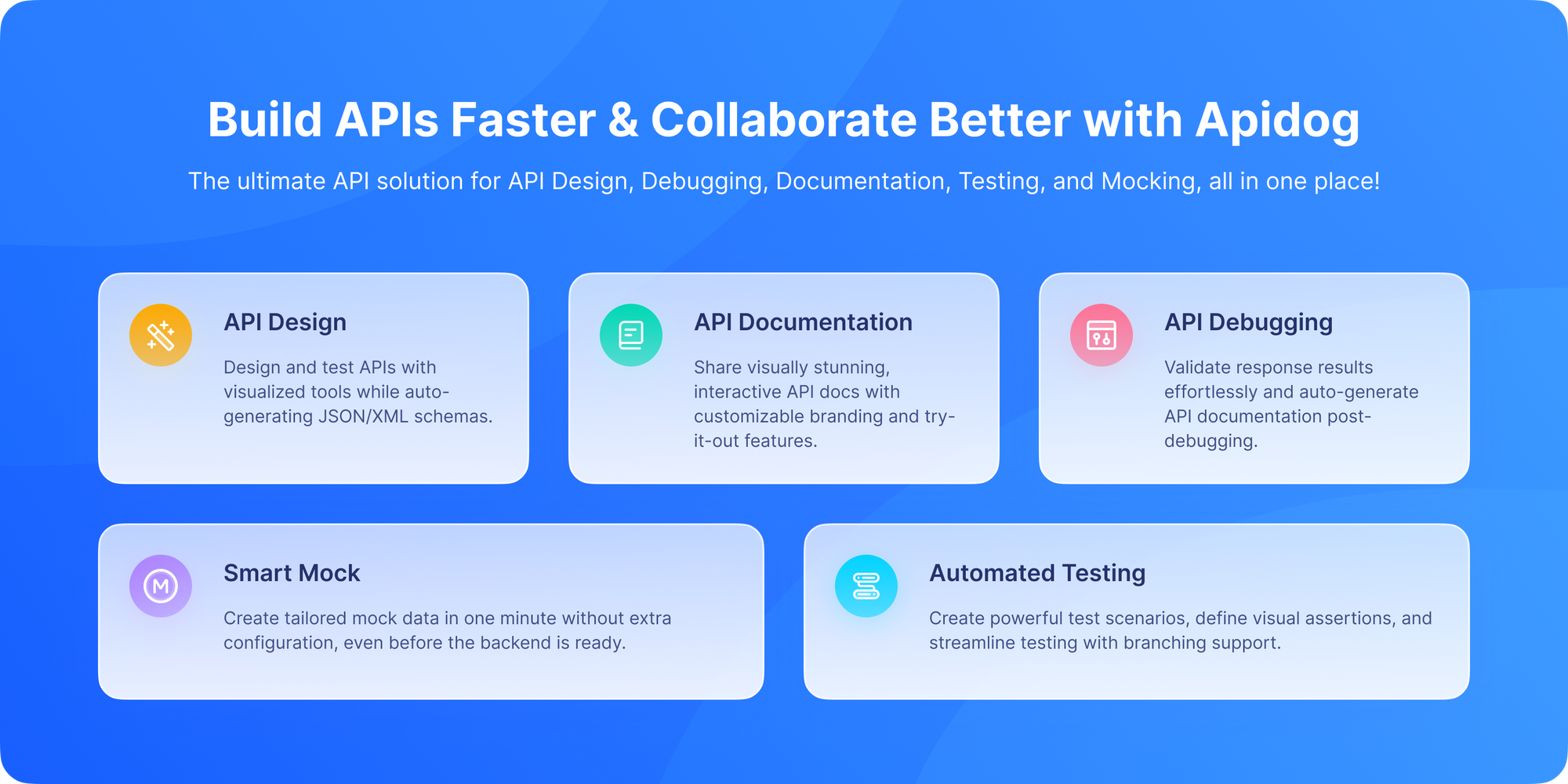
Now, given how much modern software relies on APIs, adopting BDD for API testing is crucial. One of the coolest applications of BDD is in API development. APIs are all about communication between systems, and BDD is all about clear communication between people. Perfect match, right? Here’s where Apidog becomes a game-changer.
Apidog is a free, intuitive API design and testing platform that integrates well with BDD workflows. It lets teams:
- Define API behavior clearly and collaboratively.
- Create, run, and automate API tests easily.
- Generate documentation automatically.
- Share API specifications across teams to ensure alignment.
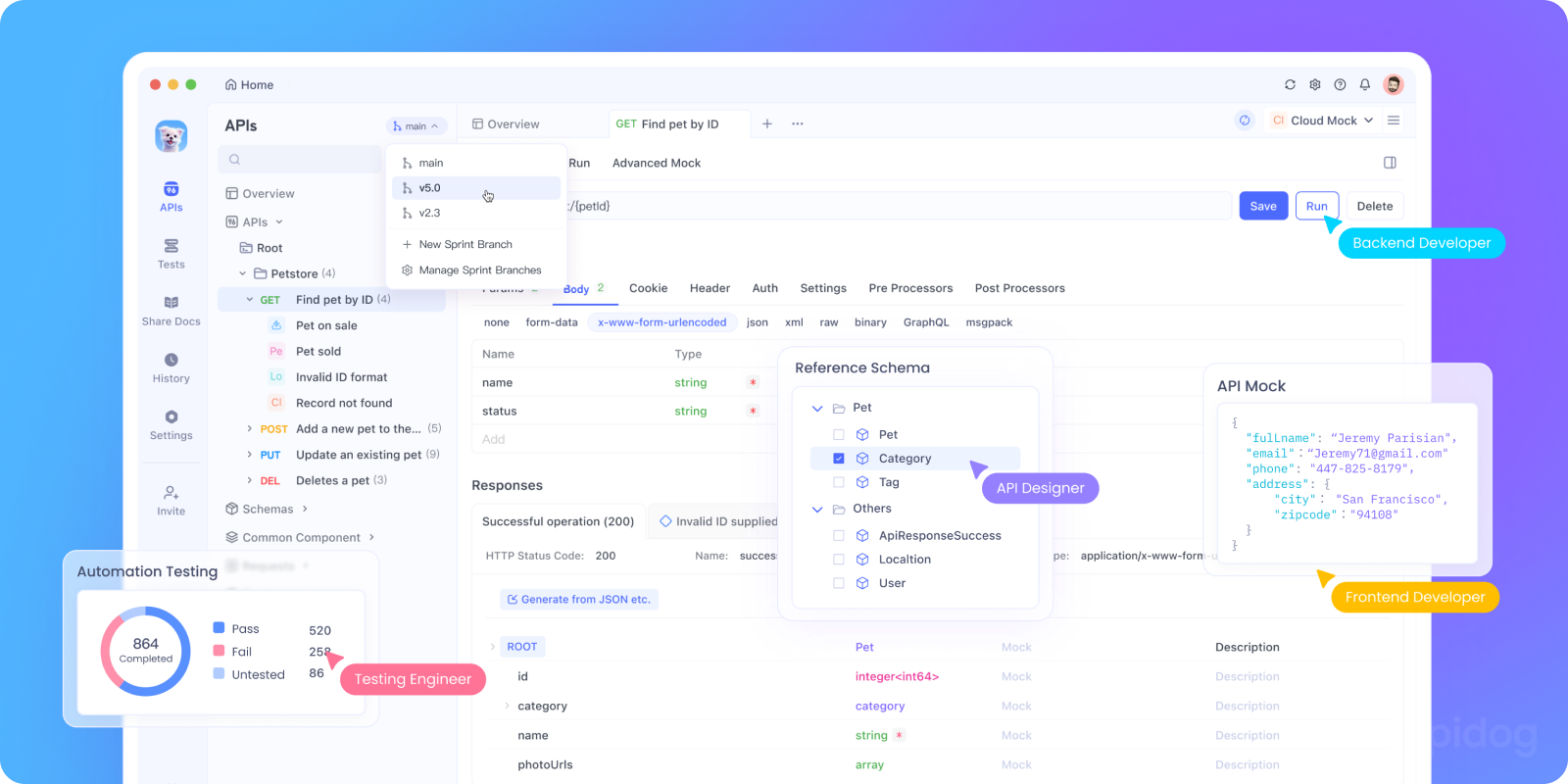
With Apidog, you can incorporate BDD principles by writing API behavior scenarios, automating checks, and ensuring everyone understands the expected API behavior before development starts.
So, if you want to kickstart BDD in your API projects, download Apidog for free and see how it simplifies behavior-driven API development and testing.
Best Practices for Implementing BDD
If you’re serious about adopting BDD, here are some pro tips:
- Start Small: Don’t try to BDD your entire system overnight. Begin with a single feature.
- Write Scenarios Together: Involve business stakeholders in the scenario-writing process.
- Keep Scenarios Simple: One behavior per scenario. Avoid unnecessary technical details.
- Automate Early: Use BDD frameworks to tie your scenarios to automated tests.
- Integrate with CI/CD: Run BDD tests as part of your continuous integration pipeline.
Common Challenges When Adopting BDD and How to Overcome Them
While BDD brings a lot of benefits, teams often face a few roadblocks at first:
1. Writing Good Scenarios
Writing clear, concise, and meaningful scenarios takes practice. Avoid technical jargon, focus on user behaviors, and use the Given-When-Then structure properly.
2. Getting Stakeholders Involved
Sometimes, business people hesitate to engage deeply in technical discussions. Emphasize that BDD scenarios are business tools, not just tests.
3. Tooling and Integration
Choosing the right BDD frameworks and integrating them with your CI/CD pipelines can be tricky. Start small and build up gradually.
4. Balancing Granularity
Too many fine-grained scenarios can slow down development; too few might miss important cases. Aim for the right level of detail.
By investing effort upfront and promoting collaboration, these challenges become manageable.
The Future of Behavior Driven Development
BDD isn’t just a fad. BDD continues to evolve with the rise of modern Agile and DevOps practices. Increasingly, BDD is being adopted not just for UI testing but also for API, microservices, and even infrastructure testing.
With tools like Apidog, teams can seamlessly combine API design, testing, and behavior-driven approaches, making BDD accessible for all types of software projects.
Moreover, AI-assisted tools are beginning to suggest or generate BDD test scenarios automatically, making adoption easier than ever. BDD will only become more powerful.
Summary: Why You Should Start Using BDD Today
So, what is BDD? It’s not just another buzzword. It’s a mindset shift that transforms how teams collaborate and how software is built. By focusing on behavior, not just code, BDD is worth adopting:
- It promotes collaboration and shared understanding.
- It acts as living requirements and test documentation.
- It reduces misunderstandings and costly bugs.
- It ensures software truly meets business expectations.
- It integrates well with modern automation and CI/CD pipelines.
And with complementary tools like Apidog, especially for API-centric development, implementing BDD becomes more straightforward and effective.
So, if you want your team to communicate better, build quality software faster, and deliver exactly what users need, give BDD a try and download Apidog for free today to enhance your API testing workflows.
